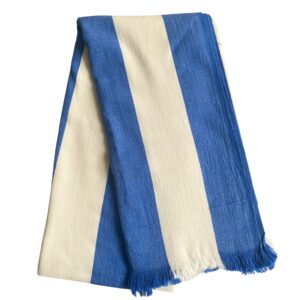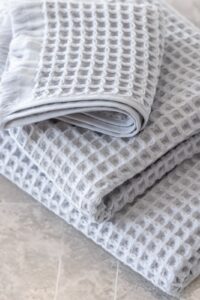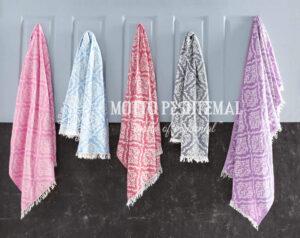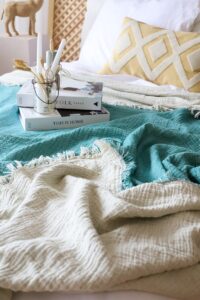Blog
Check Our Latest Posts
Check Our Latest Posts
Popularity of Turkish Home Textiles
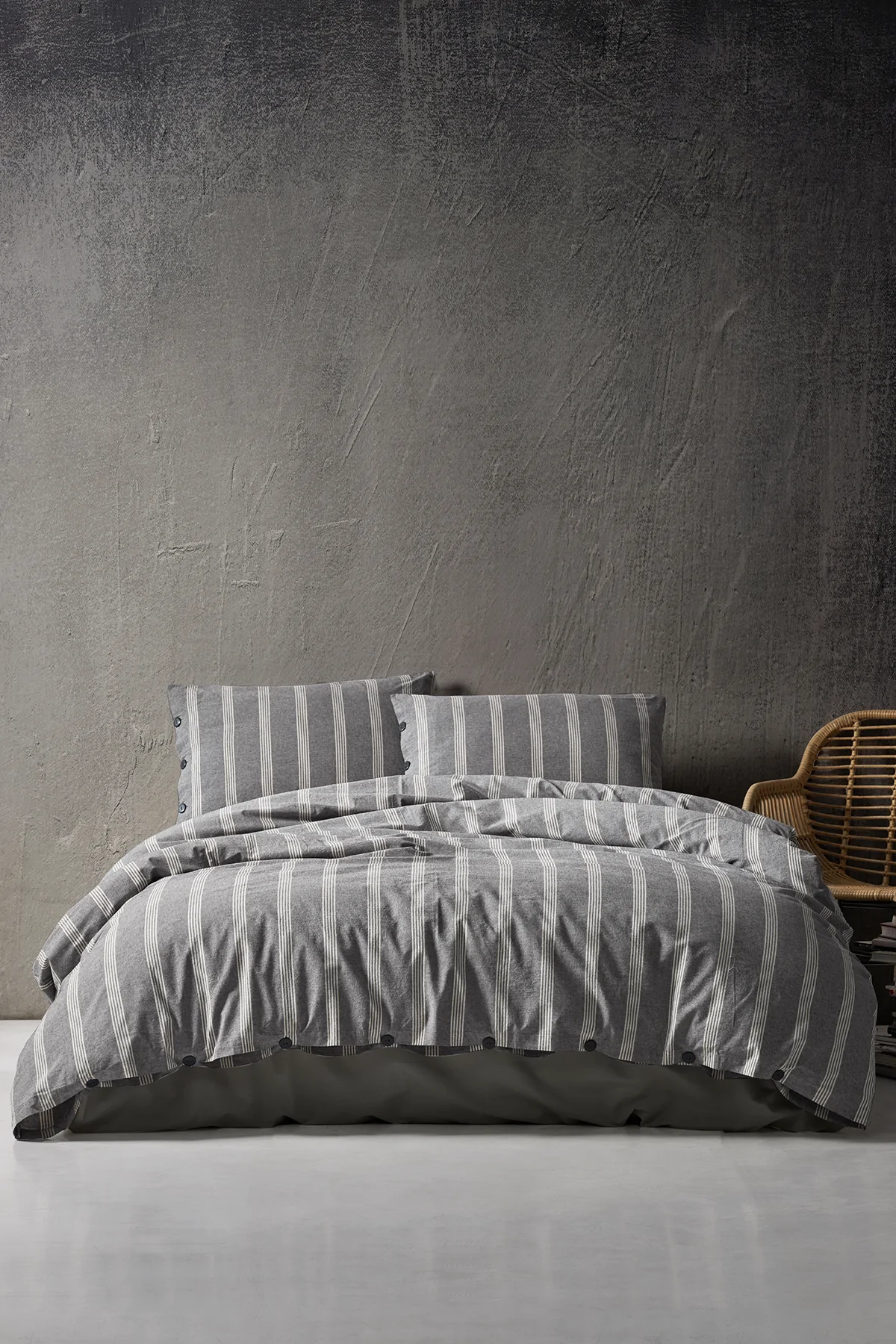
Turkey is well known for its rich cultural heritage and craftsmanship, and one of the areas where this is most evident is in the production of home textiles. Turkish textiles are renowned for their high quality, unique designs, and vibrant colors, and are used to decorate homes all over the world. In this article, we’ll take a closer look at Turkish home textiles and explore their history, production, and popularity.
History of Turkish Home Textiles
The production of textiles in Turkey dates back to ancient times, with evidence of textile production found in archaeological sites from the Bronze Age. Throughout history, Turkish textiles have been highly valued for their quality and beauty, and have been exported to many countries. During the Ottoman Empire, textile production was a major industry, with skilled artisans creating elaborate fabrics and designs for the royal court and wealthy citizens.
Today, the Turkish textile industry is still a major player in the global market, with a focus on traditional craftsmanship and modern innovation. Turkish home textiles are highly sought after by interior designers and homeowners alike, and are often seen in high-end homes and hotels around the world.
Production of Turkish Home Textiles
Turkish home textiles are produced using a variety of techniques, including weaving, embroidery, and printing. One of the most famous types of Turkish textiles is the kilim, a type of flat-woven rug that is often used as a decorative element in homes. Kilims are traditionally made by hand using a loom, with skilled weavers creating intricate patterns and designs using wool or cotton yarns.
Another popular type of Turkish home textile is the peshtemal, a lightweight towel that is traditionally used in Turkish baths. Peshtemals are woven using cotton or linen yarns, and are highly absorbent and quick-drying. In recent years, peshtemals have become popular as beach towels and as an alternative to traditional bath towels.
Turkish home textiles are also known for their elaborate embroidery, which often features intricate patterns and bright colors. Embroidered textiles are made by hand using a needle and thread, with skilled artisans creating designs on a variety of fabrics, including cotton, linen, and silk.
Popularity of Turkish Home Textiles
Turkish home textiles are highly valued for their beauty, quality, and durability, and are often considered investment pieces that can last for generations. In recent years, there has been a growing interest in sustainable and ethically-made textiles, and Turkish textiles are often sought after by those looking for eco-friendly and socially responsible products.
In addition to their quality and beauty, Turkish home textiles are also popular because of their versatility. Kilims, for example, can be used as rugs, wall hangings, or even upholstery fabric, while peshtemals can be used as towels, scarves, or even tablecloths. The bright colors and bold patterns of Turkish textiles also make them a popular choice for adding a pop of color and personality to any room.
Conclusion
Turkish home textiles are a testament to the country’s rich cultural heritage and skilled artisans. From linens to peshtemals to embroidered fabrics, Turkish textiles are highly valued for their quality, beauty, and versatility. As the demand for sustainable and ethically-made products continues to grow, Turkish textiles are sure to remain a popular choice for those looking for high-quality, socially responsible home decor.



